It started with a turntable, the Sondek LP12.
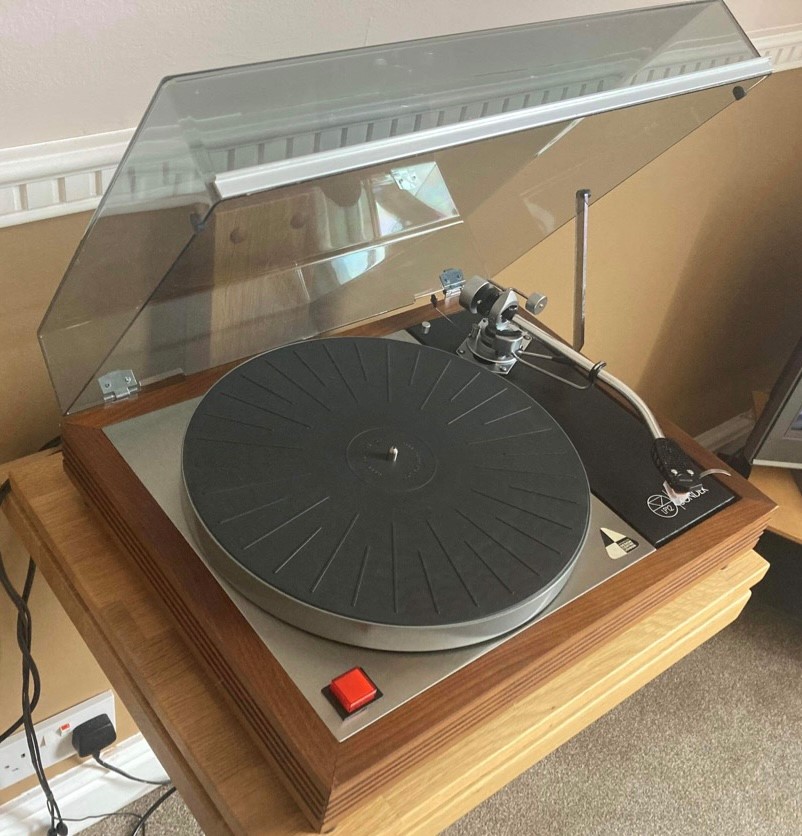
Linn Products was founded in 1973 by Ivor Tiefenbrun as a vehicle to produce and market the Linn Sondek LP12 turntable. This was, it was thought widely, a close copy of the Ariston Turntable that was around at the time – which in turn borrowed a lot from the Thorens decks of the period, such as the 160.
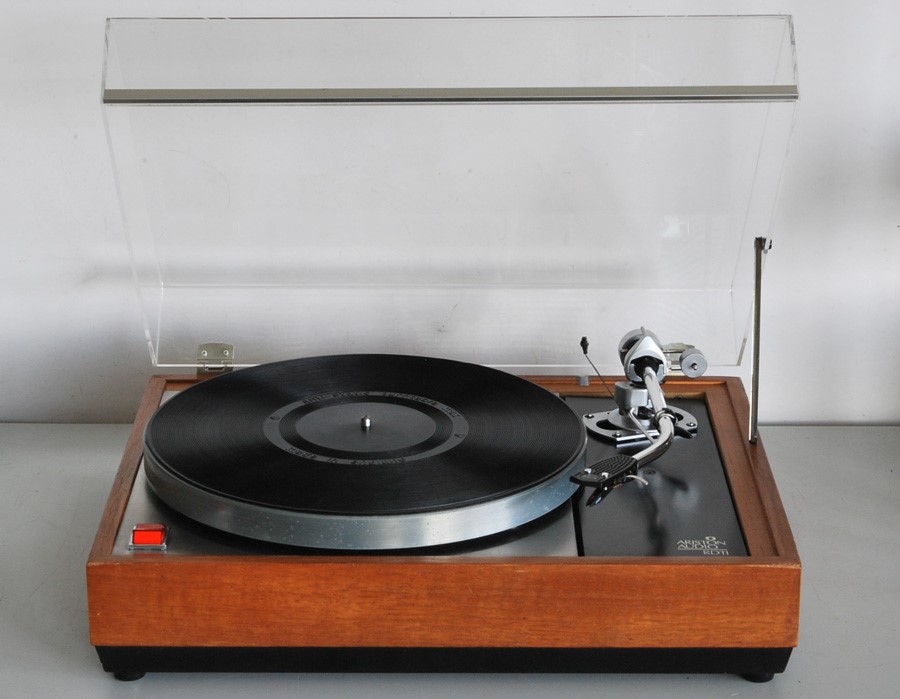
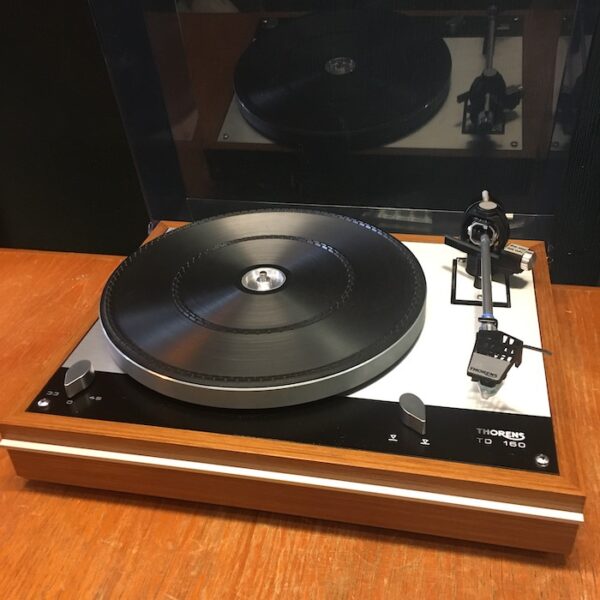
He was driven to design the perfect turntable, it is said, because he was dissatisfied with the performance of the hi-fi system he had purchased. And so, he started to experiment and discovered that that the turntable was being adversely influenced by the sound pressure caused by the loudspeakers.
At the time, everybody who knew about audio thought that the speakers were everything. If you bought bigger, better speakers, you got bigger, better sound. Tiefenbrun decided that everybody was wrong!
He experimented with the speakers, but nothing improved the sound until he moved the turntable into another room, running the cables from it underneath the closed door. The music was clearer, more accurate, more involving. Better. The conclusion being that the speakers’ output was being fed back through the turntable, damaging the source signal.
What he discovered that day influenced the thinking of hi-fi designers forever. But, he went one stage further and further declared that the more musical information you retrieve from the source, the better the sound.
On the face of it, this appears very logical. It stands to reason that any musical information that is lost within the turntable is gone forever. No matter how good the rest of your system is. At the time though, this was very radical thinking.
And so, the engineering began.
His father, designed a very quiet-running central bearing, and with the help of a few others and some borrowed parts, he succeeded in making a turntable that was immune to acoustic feedback from the loudspeakers due to its clever 3 point sprung suspension. Crucially, the suspension was optimised for acoustic isolation instead of shock resistance.
It was a very well engineered piece and was quite a revelation when he started to demonstrate it.
Aware of the impossibility of producing a perfect turntable from the off, his cleverest thinking was to design the turntable in a modular way, so that virtually every component was upgradeable – if they managed to find a way of improving it, it could be supplied and retrofitted.
In a world that was rapidly becoming accustomed to planned obsolescence, it was this ‘upgradability’ that created incredible customer loyalty. That’s because everybody who bought a Sondek LP12 from 1973 onwards has been able to fully upgrade their product to the very latest specification – if funds allowed! Thus, the LP12 has been able to have the longest possible model life – 50 years and counting!
From its early days the Sondek LP12 was a great success, partly because it was very good but probably more because the owner was a great networker (as we could call him today) and a great influencer (again, in the current parlance) and he had all of the Hi-Fi publications of the day reviewing and recommending the turntable and banging the Linn drum very loudly. He played along by advertising widely – and creatively.
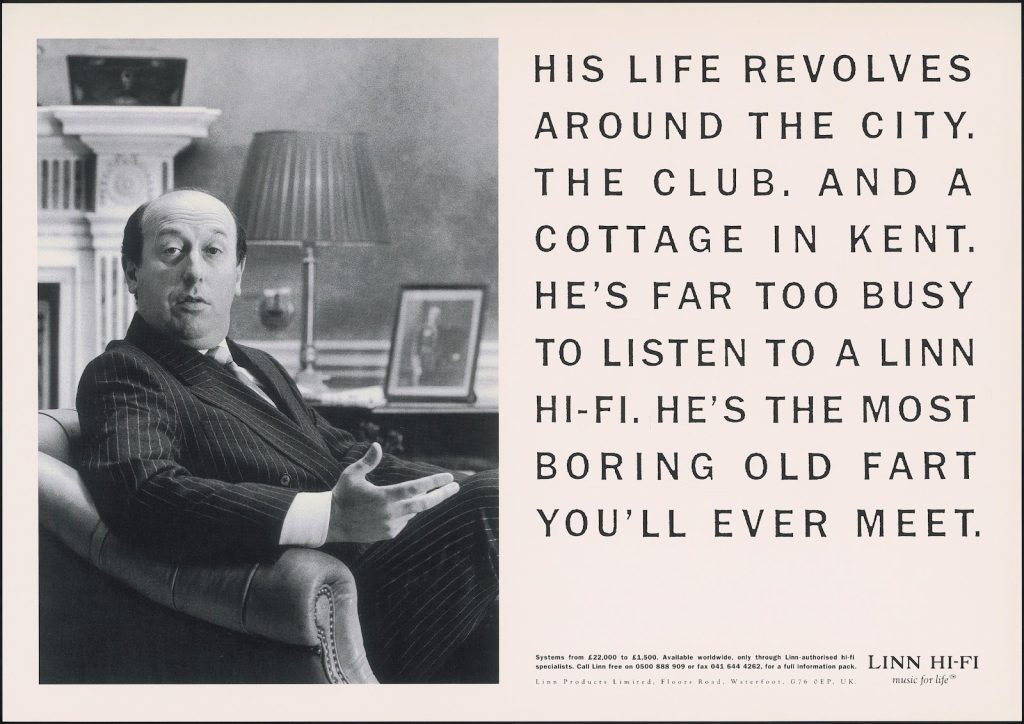
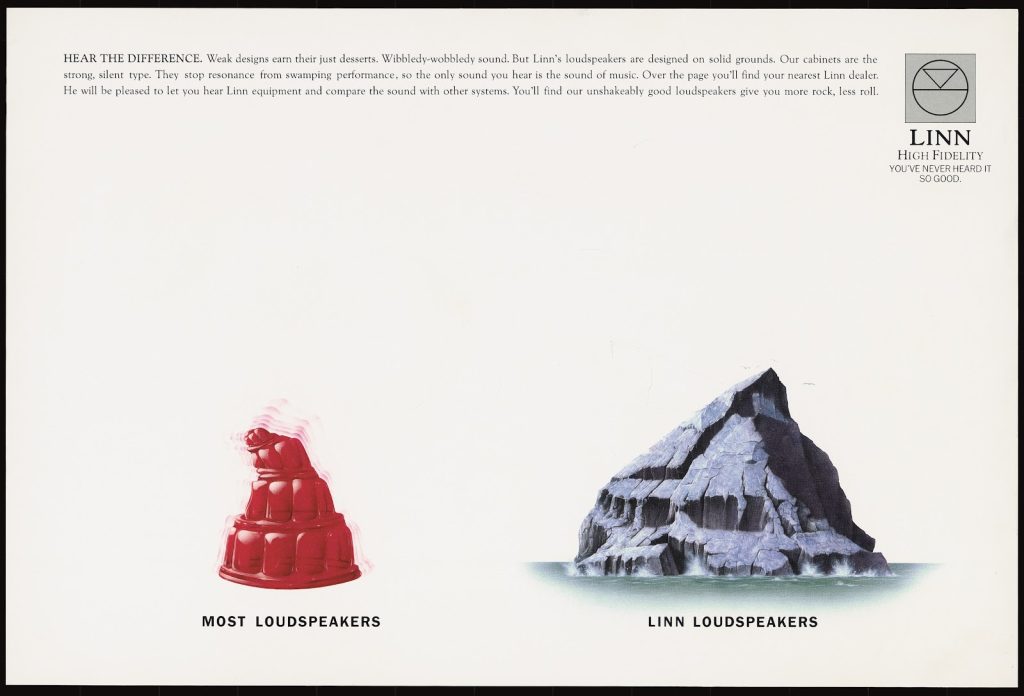
The next challenge was to deliver the product in quantity – with quality. According to conventional wisdom, a production line was the most efficient way to manufacture, so that’s what they did.
However, it wasn’t delivering the quality – or the numbers – that the firm and Linn’s rapidly growing army of customers demanded. A meeting was held to decide what could be done. The owner asked for a completed turntable to be brought to the board room so that everybody could share their ideas about it. Finding this arrived much quicker than expected, he enquired how. It was because the person that he asked to fetch it just went and built it themselves! The turntable had been made by hand, from scratch, in record time, by one person – and It was perfect. And so, this is how things were done from that point. It was coined Single Stage Build, and it’s been at the heart of their business ever since. Each deck from that point even bears the name of the ‘builder’ on its label.
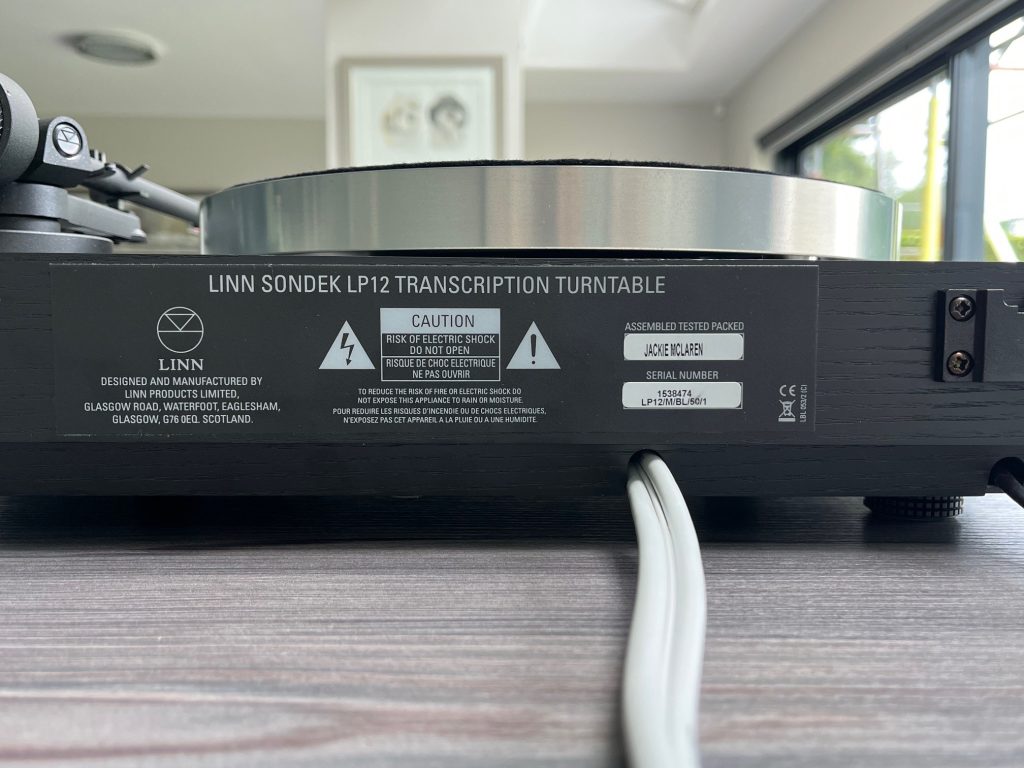
It is still in production at Linn today, although virtually every part has been improved and upgraded from the original design. Although, a recent joint venture with Apple Designer, Jony Ive, has signalled a departure from the traditional form – and a considerable price hike – which may lead to the vintage model shape eventually being replaced.
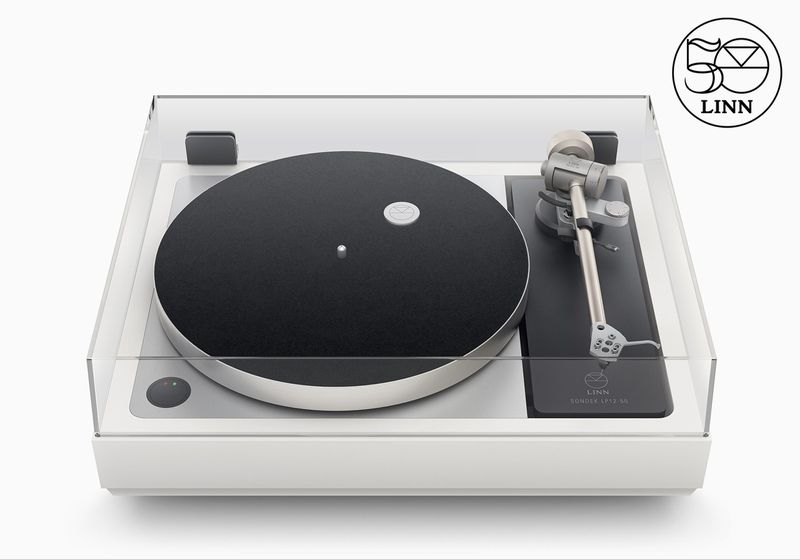
Continuous innovations and upgrades for the LP12 turntable have been released over the years,
More affordable turntables, called Axis and Basik were launched in 1985 and 1989 respectively. They arrived a little late to enjoy significant success commercially, as the silver disc was already in the ascendency, but they were great units and I rater them very highly in the turntable hierarchy.
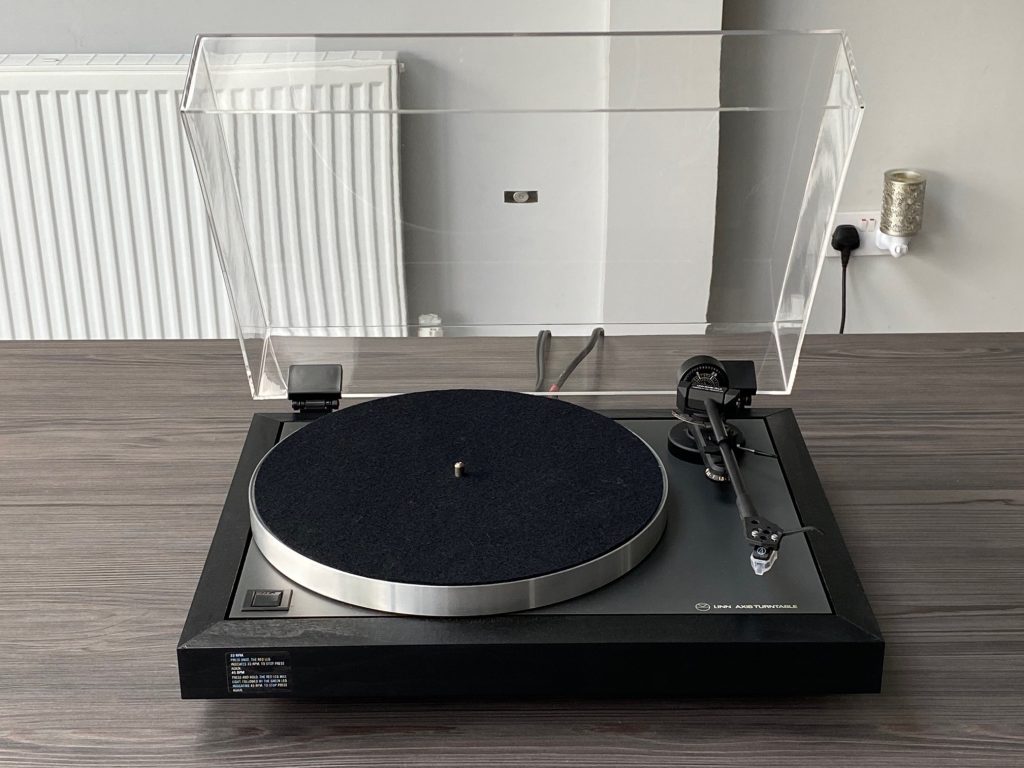
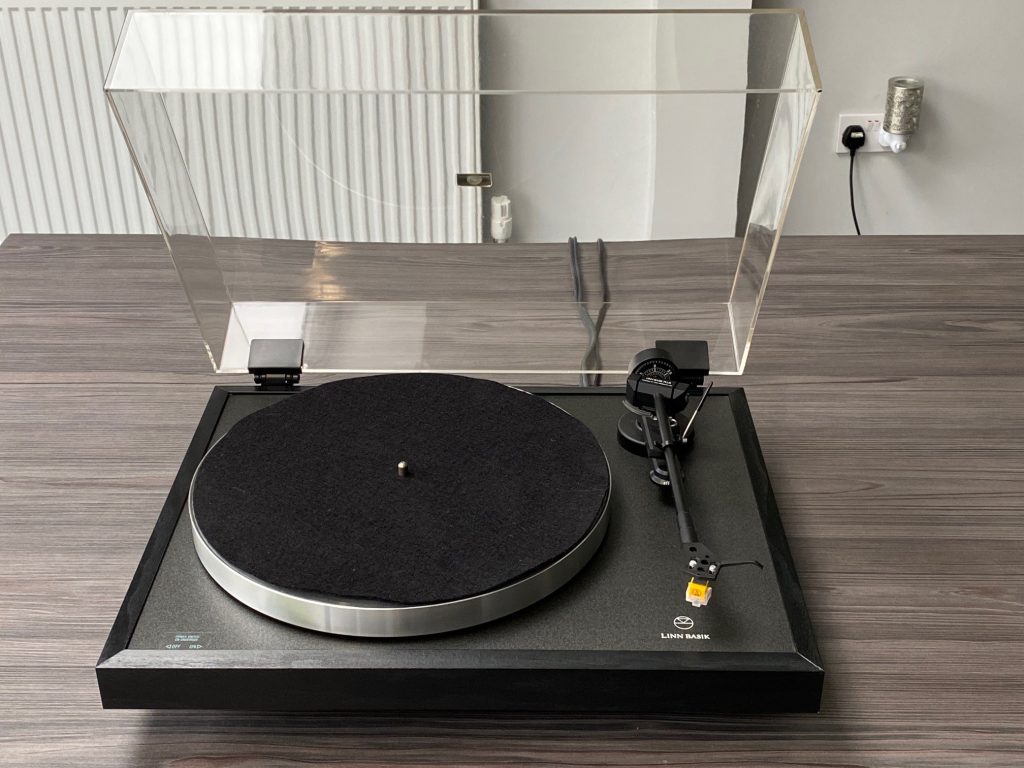
Since 1990, when Linn introduced its first external power supply for the LP12, called the Lingo, this started a new direction in design by both providing more precise motor-speed control, and eliminating distorting effects of housing a power supply within the turntable body. This has continued through 4 versions of the Lingo and in more recent times, the supreme (and expensive) Radikal power supplies.
Despite the CD being launched in 1982, it took Linn until 1992, to introduce its first digital music system capable of playing Compact Discs known as the the Karik / Numerik. Predictably, it was worth waiting for and provided a significant advance to the quality of the output from the medium, refuting the widespread belief that fundamentally, all CD players sounded the same.
One of my personal Linn highlights was the Classik (later called Classik Music), introduced in 1998, it was their first product to integrate a CD player with pre-amplifier and power amplifiers in one chassis and an FM/AM tuner from the following year.
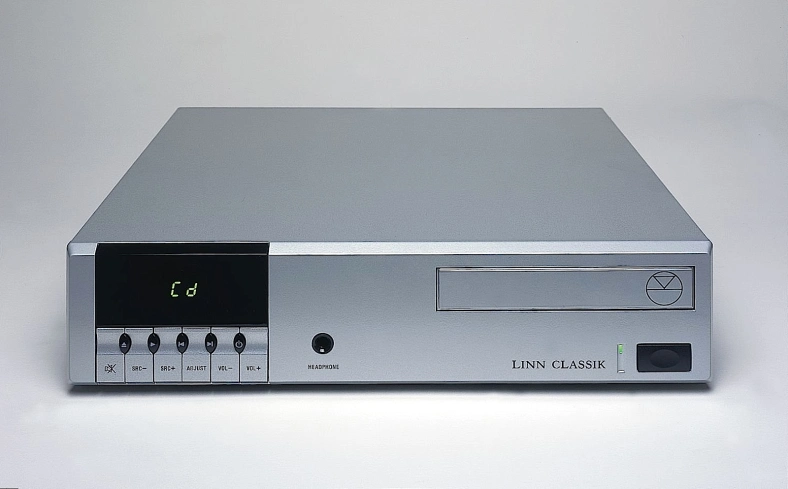
At the time it was around £900, but was very subtle and compact and this enabled it to find its way into a lot of houses, virtually unnoticed (and uncontested) including mine – twice. Yes, it was that good, I wanted one in every room – well, two rooms anyway. If they had had the foresight to also include an internal phonostage, these would have been a great unit to pair with a Linn turntable to drive the vinyl revival.
In 2009, after arriving ten years late to the CD player party, the company announced its decision to stop making CD players altogether, instead focusing on the superior-sounding network music players as its highest quality digital source components. In this respect and with the format’s evolution into online streaming this has put Linn at the forefront of this hi-fi technology (along with Meridian) and it has achieved pre-eminence in this market too.
So, that’s a potted history of the brand in it’s first 50 years, lets see what the next 50 years hold for it.
[Article edited and adapted from ‘The Linn Story’ written by Linn themselves]